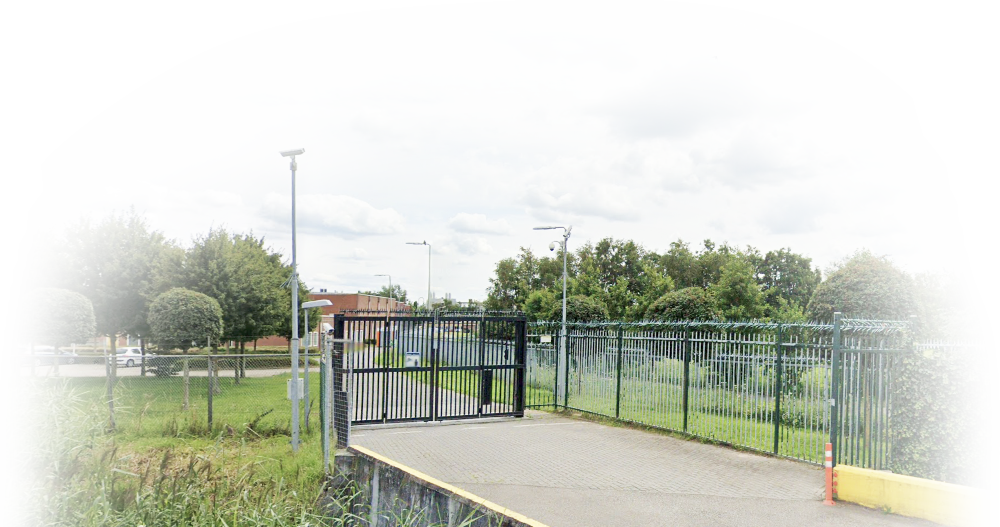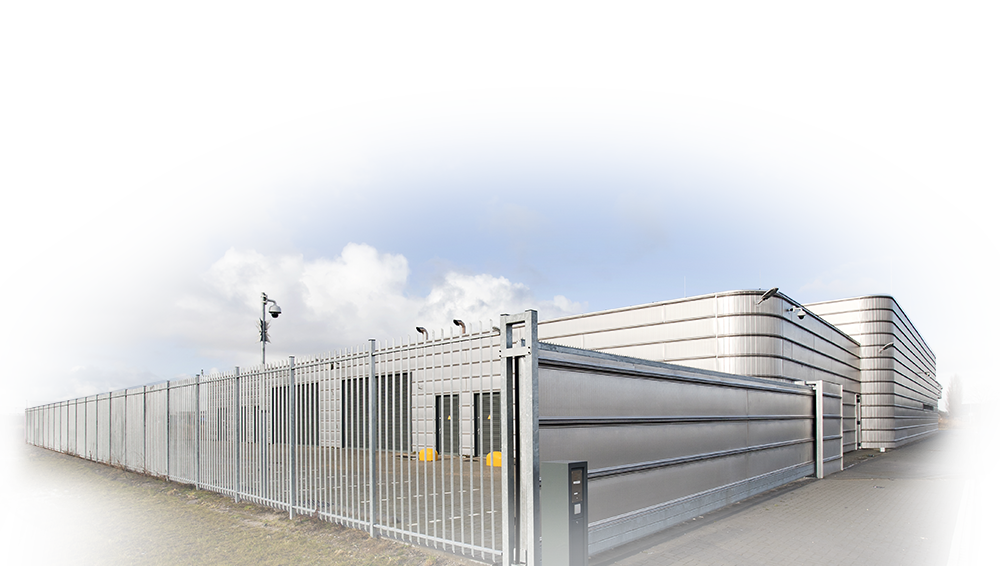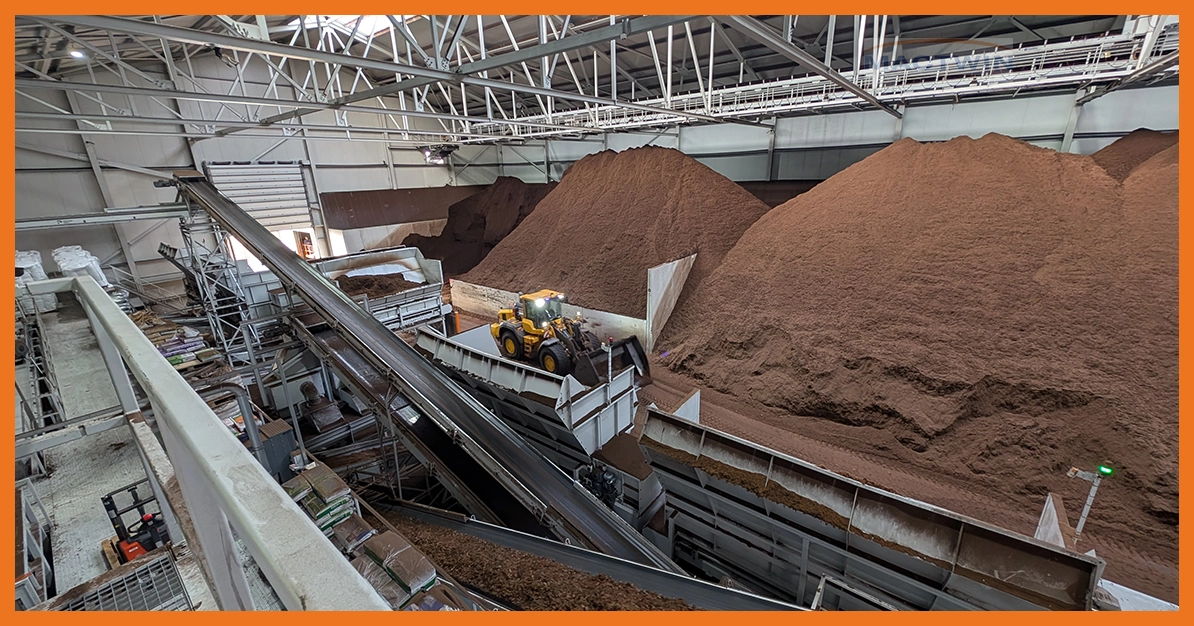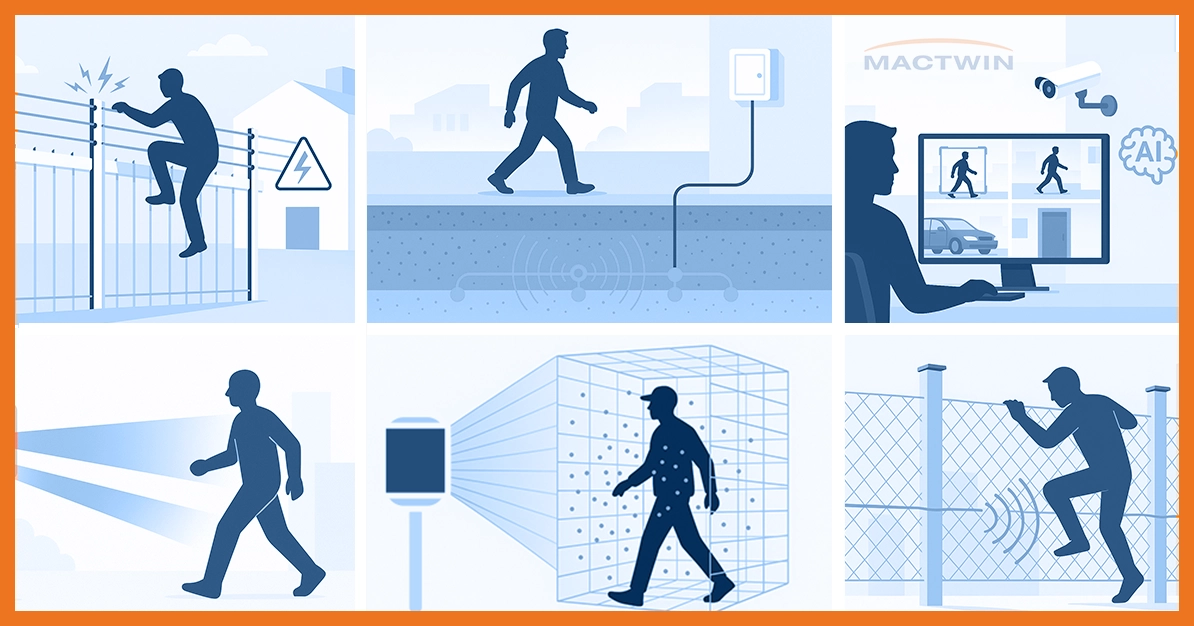You can install robust fencing with concertina wire, or even a moat or retaining wall, to deter unauthorized persons or vehicles. The challenge lies in maintaining the security level at points where access to the premises is granted. A good gate preserves the integrity of your fencing, but what factors should you consider when choosing a gate? Which risk scenarios are relevant to your organization? Is the emphasis of your access control on security or rather on hospitality? How do you manage access for individuals with disabilities? What is the role of the gate in the event of an evacuation? These are relevant questions that we are happy to help you with.
All about Gates and Speedgates
Gates come in many different types and sizes. Sliding gates, roller gates, swing gates, speedgates, turnstiles; each type has its own strengths and limitations.
When considering gates, always carefully consider access for individuals with disabilities or the gate’s function in the event of an evacuation. With our advice, you are always assured of the best price-performance ratio.
Vehicle and Pedestrian Barriers
The examples above are suitable for vehicle and pedestrian deterrence. While a barrier is only intended to allow authorized vehicles to pass, a turnstile only allows authorized persons to pass. A full-height turnstile is an access sluice that provides passage to your premises within a security fence, without compromising the integrity of the fence’s (vehicle) deterrence. They are common at event locations such as football stadiums or in high-security environments like correctional facilities or Cash Centers. Turnstiles are electrically controlled, allowing a signal to be sent remotely by an officer in the security lodge. The turnstile can also be released (e.g., after a payment), where the person themselves must give a slight push against the turnstile for the rotation to then continue electrically.
Indoor Turnstiles
There are also low turnstiles, with 3 or four arms, which are widely used in buildings such as swimming pools, recreation parks, and office environments. They are also known as ‘tripod turnstiles’ or ‘revolving crosses’. A variation of these are Speedlanes, which can handle a larger volume of passages and are therefore more suitable for environments with many people. For indoor use, there are also full-height variants, such as the Circlelock. This single-person access sluice is frequently found in high-security areas of office buildings, as well as in Data Centers and Cash Centers, and is integrated into access control solutions. Various types of identification are possible here, including card readers and biometric identification methods (vein pattern recognition, iris scan, weight measurement, etc.). The choice of a turnstile or gate is highly dependent on your situation and risks.

Standards for Gates and Speedgates
Mactwin is a knowledge-based company. We invest significant energy in acquiring, sharing, and securing knowledge about explosion protection; both within our organization and externally. This is reflected in the expertise and dedication with which our experts implement your solution.
Standards have been established for gates and speedgates. As a basis, we apply European standards such as the NEN-EN 13241:2016, and for heavier high-security applications, we also work with PAS 68 and PAS 69 for vehicle deterrents (including gates, but also bollards and roadblockers). However, a standardized product alone does not guarantee the quality of your overall deterrence. We ensure that all measures are balanced and integrated, so you can always provide the resistance and delay crucial for your organization. Would you like to know how we go beyond mere standardization? Please feel free to contact us.
Resistance Class of Gates and Speedgates
The resistance of a gate or speedgate is not solely determined by the physical properties of the gate itself. It is about the balance between the measures. If, due to the gate’s positioning, a ramming vehicle cannot build up speed to ram a gate or fence, the impact will naturally be significantly lower. And, of course, the gate can be combined with bollards or a road blocker to provide additional ram resistance. The resistance class of gates and speedgates is usually expressed as SR1-SR6. With PAS 68 certification, the speed at which a ramming attack was simulated is also stated: 64 km/h or 80 km/h.
Depending on your risk profile, we choose together with you the resistance class that your situation requires and that fits your ambition.




